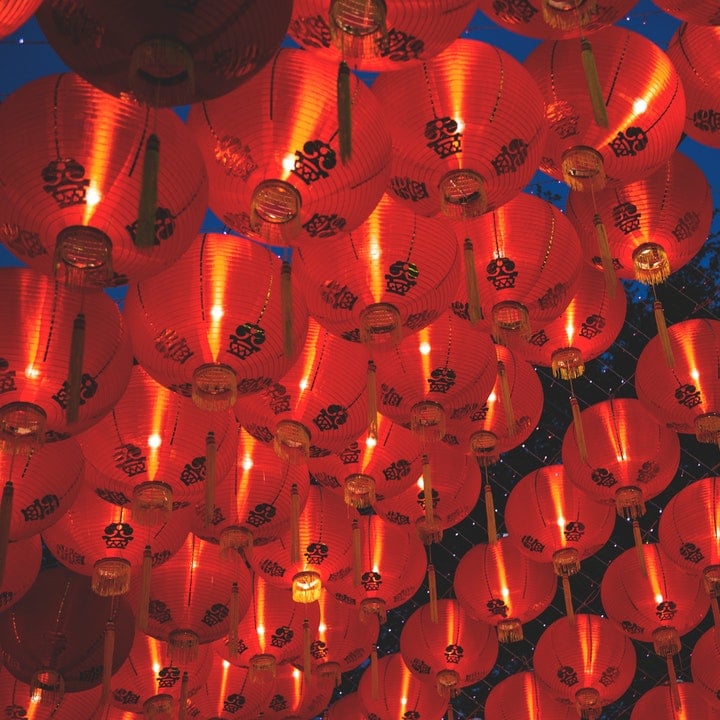
As travelers, you might associate colors with your favorite places, like the green countryside of Ireland, the blue buildings of Morocco, or the bright yellow sunflower fields of Tuscany – but do you know the different meanings of colors?
There are so many beautiful colors in the world, and some of them hold different meanings in different places.
Dive into our guide below to learn more about the different meanings of colors in the world.
What is color?
Without getting too scientific here, it’s helpful to understand the base of what we are talking about in this post: color. Color is attributes and perceptions related to the wavelengths of light. Neat!
Also, the science of color (AKA chromatics, colorimetry, color science), includes the study of the perception of color by the human eye and brain, the origin of color in materials, color theory in art, and the physics of electromagnetic radiation in the visible range (light).
What is color symbolism?
At its core, color symbolism refers to the use of color as a symbol in various cultures. Individual colors have a variety of cultural associations such as national colors, color psychology, and chromotherapy.
The different meanings of colors vary among cultures in the world, and even within the same culture but during different time periods.
The wide variety of colors and their meanings occur on an individual, cultural and universal basis, are context-dependent, and influenced by changes over time.
Let’s get to the colors!
Colors In The World: Red
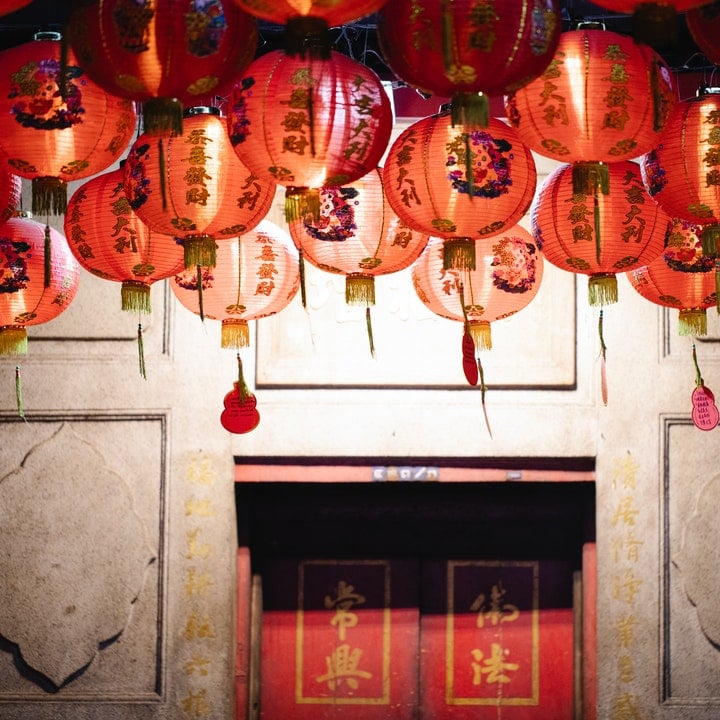
In the West, red, a color you probably think of at Christmastime or Valentine’s Day, is associated with love, passion, and lust, but also danger. For instance, a STOP sign is red (not exactly danger but a warning!). And you’ll see red candy, red roses, red everything around Valentine’s Day.
In China, the color red symbolizes good luck, joy, happiness, fertility, vitality, and celebration, therefore, you will see this color decorating the streets and homes of many during Chinese holidays and festivals.
In South Africa, the color red is associated with mourning. This is because the section of red in the country’s flag symbolizes the violence and sacrifices that were made during the country’s struggle for independence. Who knew there were such different meanings of colors?!
Places of Red: Chinese New Year, Lake Natron(Tanzania), Panjin Red Beach(China), Laguna Colorada(Bolivia), Hitachi Seaside Park(Japan), Valley of Fire State Park (U.S.), Red Square(Russia)
Colors In The World: Green
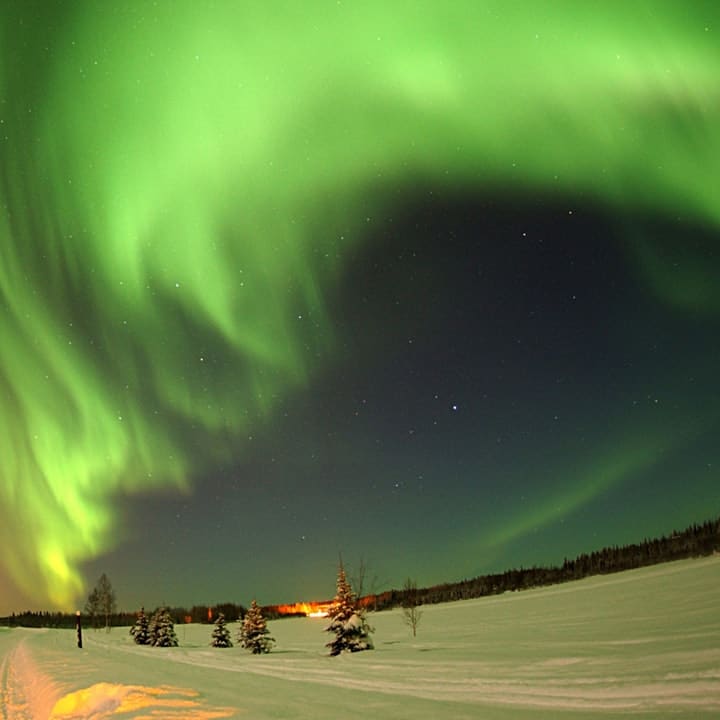
In America, all dollars are green, so the color green is most often associated with money, fortune, and wealth, but that also associates it with greed, sickness, and jealousy.
Ireland is known for associating green with luck too. Somewhat universally, this color is associated with growth, harmony, nature, healing, health, and youth.
In Chinese culture, green can also represent cleanliness and purity from contamination. Also in China, if a man wears a green hat, it can mean that his wife cheated on him. Japan associates the color green with eternity and vitality.
As we know, color perception across cultures can vary greatly. For instance, in Islamic culture, green is a sacred color, it is the color of the prophet Muhammad. The Quran uses green to describe paradise as a place full of green cushions and carpets of beauty.
In many middle eastern cultures, green represents wisdom.
Places of Green: Irish countryside, The Northern Lights, Tunnel of Love(Ukraine), Bamboo Forest(Japan), Amazon Rainforest
Colors In The World: Blue
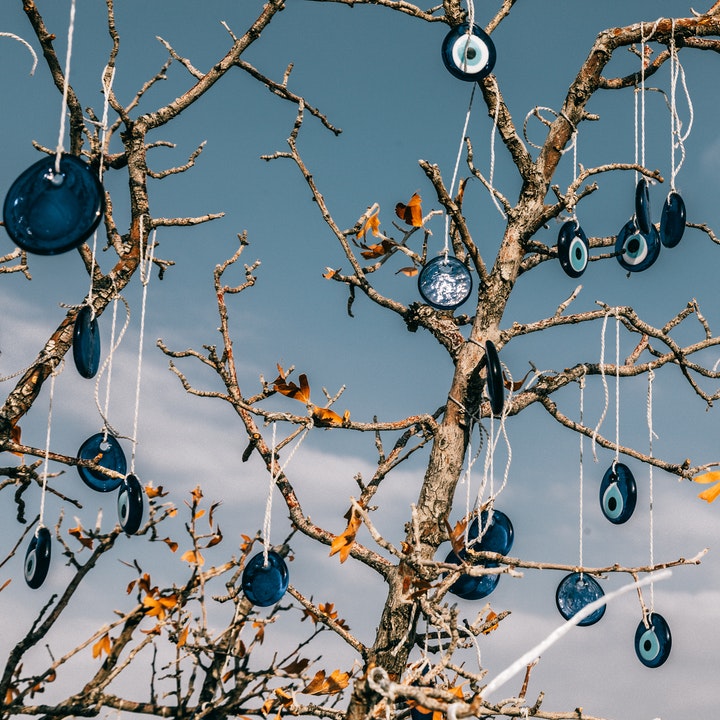
Because the color of our ocean and sky is blue, this color often symbolizes serenity, stability, inspiration, wisdom, or health. Think of how calming it is to look up at a blue sky or watch the blue waves of the ocean crash on the shore.
While blue is associated with calm, it is also associated with sadness, depression, and loneliness. You’ve probably heard the expression “Are you feeling blue?” or “Why so blue?”.
In the Catholic Church, the Virgin Mary is often wearing blue, to symbolize being “full of grace” by divine favor.
Dark blues are most often associated with power.
In Turkey, blue is healing, wealth, and a repellent of evil, hence why you’ve probably seen a billion blue evil eye bracelets and souvenirs when you visit there or Greece.
In Korea, dark shades of blue symbolize mourning.
Places of Blue: Blue Grotto(Capri), The Great Blue Hole(Belize), “Smurf Village” (Spain), Waitomo Caves(New Zealand), Marble Caves (Chile), Chefchaouen (Morocco)
Colors In The World: Yellow
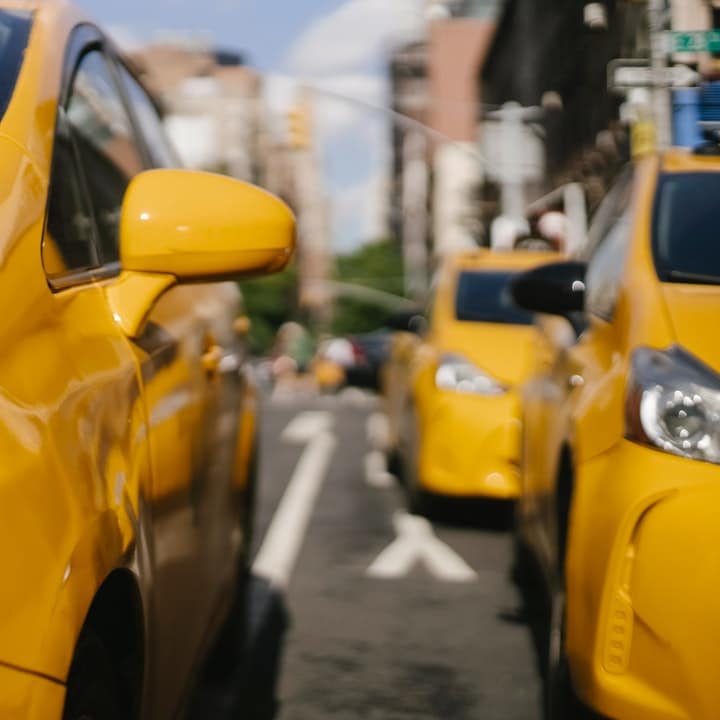
Yellow is such a bright, happy color! That’s why it’s associated with sunshine, joy, happiness, optimism, good energy, cheerfulness, etc.
Yellow is also associated with signs of caution or danger (think Caution sign, taxis, school buses), or even cowardice and fear, for instance, to call someone “yellow-bellied.”
In Germany, yellow is associated with jealousy. In Ancient Egypt, yellow stood for the deity of the religion. In Japan, yellow stands for the brave and courageous. In Russia, mental hospitals are referred to as “yellow houses”.
Places of Yellow: Danakil Depression(Ethiopia), Old Town Cartagena(Colombia), Shwedagon Pagoda(Myanmar), Pena Palace (Portugal)
Colors In The World: Purple
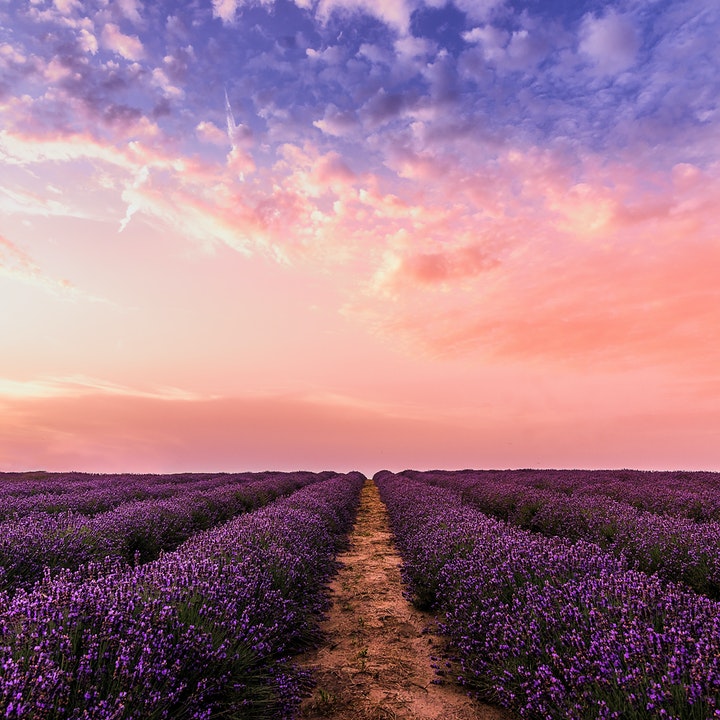
As we learn more and more about the different meanings of colors in the world, will you be looking at colors differently? More aware of their meanings? We think so.
How about purple? Purple is most often associated with royalty, wealth, and nobility. In the United States, purple is associated with courage, bravery, and strength – which is why it is the color of The Purple Heart Medal in the military.
It is awarded to members of the armed forces of the U.S. who are wounded by an instrument of war in the hands of the enemy and posthumously to the next of kin in the name of those who are killed in action or die of wounds received in action. A huge honor in the U.S.
In Japan, the highest-ranked Buddhist monks were the only ones who could wear purple. In Catholic culture, the color purple symbolizes faith and penitence, and mourning. Before Easter Sunday, on Good Friday, priests wear purple robes during the mass, to symbolize the mourning of Christ’s death.
In Brazil and Thailand, purple is considered a color of mourning.
Places of Purple: Kawachi Fuji Garden(Japan), Provence Lavender Fields(France), Takinoue Park(Japan), Gardens By the Bay(Singapore)
Colors In the World: Orange
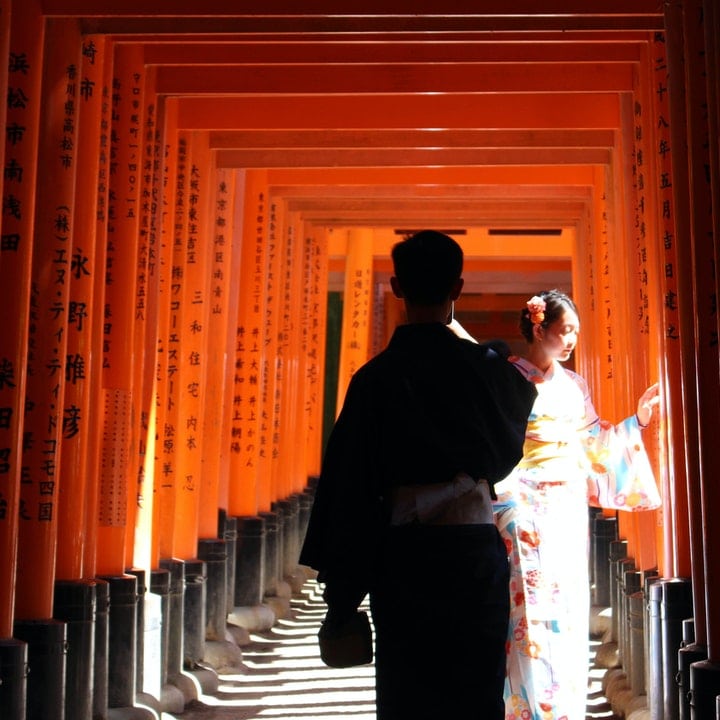
Orange has a variety of meanings across the world. In the West, orange symbolizes the harvest, the season of fall, and affordability.
In Ireland, orange represents the color of the Protestants.
Orange is the national color of The Netherlands.
In India, saffron orange is a sacred color, this is the same in places with strong Hindu and Buddhist presences. In Japan and China, it symbolizes courage, happiness, prosperity, and good health.
In the Middle East, it symbolizes danger, mourning, and loss.
Places of Orange: The Sahara Desert, Torii Gates at Fushimi Inari Shrine(Japan), Arches National Park(U.S.), King’s Day Holiday(The Netherlands), Uluru-Kata Tjuta National Park(Australia)
Colors In the World: Black

Black symbolizes elegance and sophistication, but also evil, grief, magic, and bad luck. For instance, if a black cat crosses your path, it’s said to be bad luck.
Around Halloween time in the United States, you’ll see tons of black costumes and black cat decorated items. Spooky spooky, Halloween! In addition, many cultures wear black to funerals, to symbolize and mourn the death of a loved one.
In China, black is the color for young boys, and other positive connotations, like good health and prosperity. In Japan, it symbolizes mystery and feminine energy. In India, it symbolizes evil, rebellion, or death. In the Middle East, black can indicate rebirth as well as death.
In Africa, unlike many other places, the color black is a sign of masculinity, maturity, and age.
Places of Black: Punalu‘u Black Sand Beach(Hawaii), Pohoiki Black Sand Beach(Hawaii)
Colors In the World: Pink
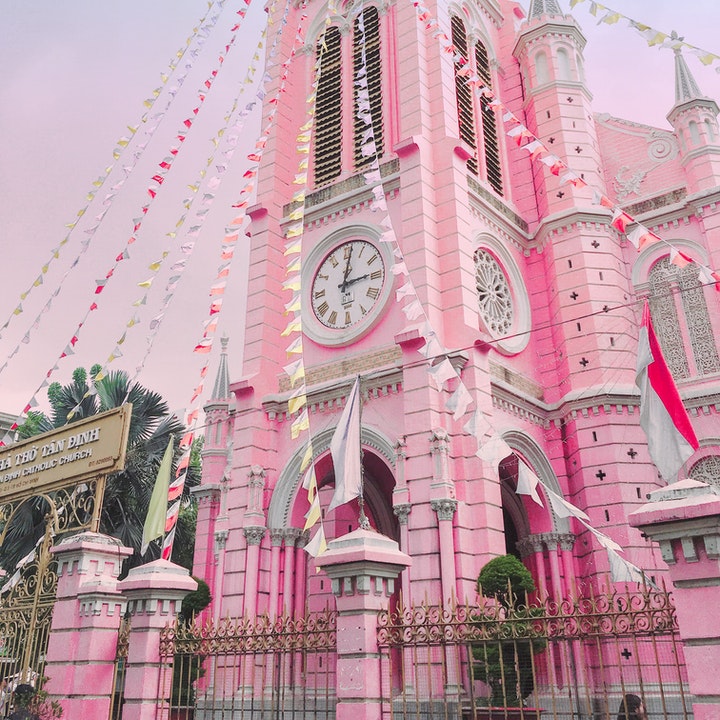
Pink most often represents softness, sweetness, and love. In the United States and the UK, pink is often a gender-coded color for girls or women. Many female products are pink and marketed for women.
It’s truly amazing how the different meanings of colors can relate to our lives in literally every way – from our genders to our lifelong dreams!
Places of Pink: Tan Dinh Church, Ho Chi Minh City(Vietnam), Tangsi Beach(Indonesia), Hawa Mahal(India), Cherry blossoms(Japan), Lake Hillier(Australia)
Colors In the World: White
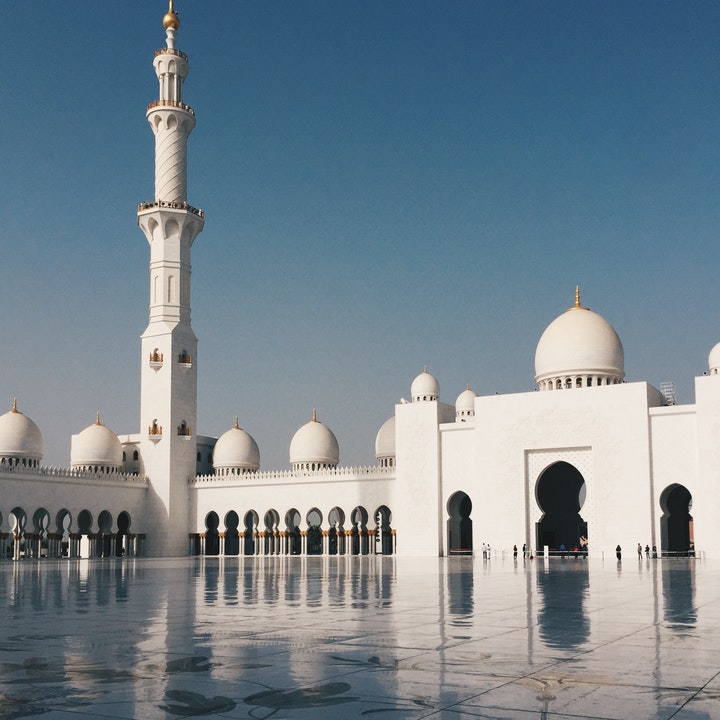
White most often symbolizes innocence, purity, softness, and cleanliness. Think about the big white weddings you’ve seen on TV (most often in the U.S.), and the symbolism of the color. The bride wears white to show her purity for the marriage(if it is her first marriage).
Fun fact! In Italy, white is often seen at funerals.
In most Eastern cultures and the Middle East, white indicates death and mourning, unhappiness and misfortune.
In Latin and South America, the color white indicates peace.
In Africa, the color white symbolizes peace, purity, goodness, and good luck. However, in Ethiopia it also indicates illness.
Places of White: Salar de Uyuni(Bolivia), The White House(USA), Sheikh Zayed Grand Mosque(Abu Dhabi), Wat Rong Khun(Thailand), Ice Hotel(Sweden)
Now that you’ve seen our guide to the different meanings of colors in the world, what did you think? Did you know all the meanings? Leave us a comment below!














